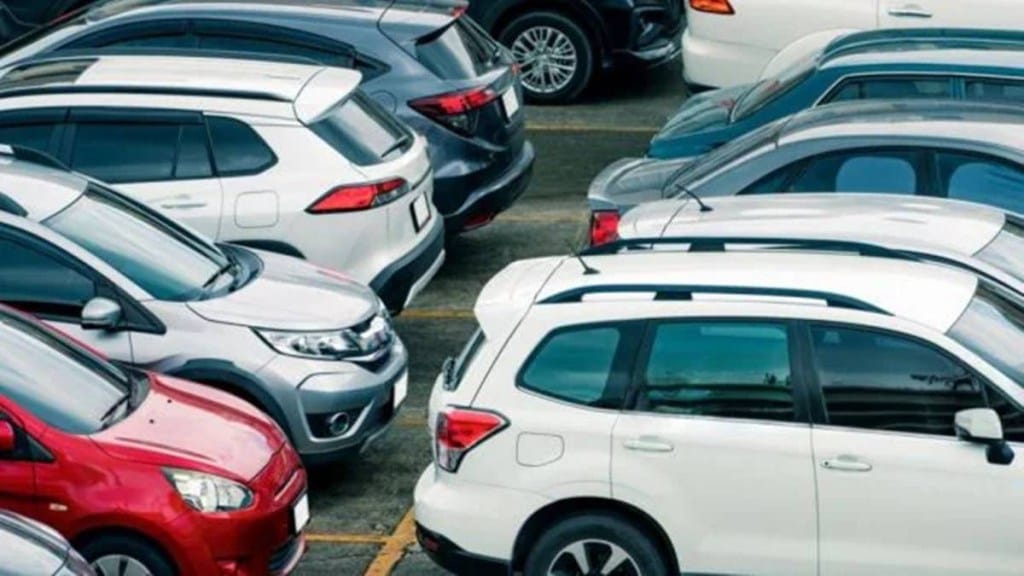Passenger vehicle dispatches from manufacturers to dealerships rose 4.4% year-on-year in September, signalling a strong start to the festive quarter for the auto industry. According to data released by the Society of Indian Automobile Manufacturers (Siam), a total of 3,72,458 passenger vehicles were dispatched last month, compared to 3,56,752 units in September last year.
The surge, though modest in percentage terms, is significant as it coincides with the implementation of the GST 2.0 reform and the onset of the festive season. “In spite of the new GST rates coming into effect from September 22, that is, for only nine days of the month, passenger vehicles, two-wheelers and three-wheelers have already posted their highest-ever sales for September,” Siam president Shailesh Chandra said.
Two-wheeler sales reflected even stronger momentum, rising 6.7% year-on-year to 21,60,889 units from 20,25,993 units a year ago. The three-wheeler segment also maintained its recovery path, growing 5.5% to 84,077 units from 79,683 units in the same month last year.
Chandra described the GST rate cut as a landmark decision that will not only lift the auto sector but also energise the broader economy.
Under the revised tax structure effective September 22, small cars with a length under four metres and engine capacities up to 1,200 cc for petrol and 1,500 cc for diesel now attract an 18% GST rate, down sharply from the previous 29–31%. Larger vehicles, previously taxed at 50% including cess, now face a reduced 40% rate following the Centre’s withdrawal of the compensation cess.
The September revival came after two months of subdued sales in the July–September quarter. Passenger vehicle sales in the quarter stood at 10,39,200 units, down 1.5% from the same period last year, though the late-September rebound has lifted industry sentiment.
“The first two months of the quarter were soft, but with GST reduction, improved consumer sentiment and festive buying, September marked a turnaround,” Chandra said. He added that the rural markets have begun showing stronger traction following a good monsoon, while urban demand has stayed steady.
With SUVs continuing to dominate nearly two-thirds of the passenger vehicle market and small cars regaining attention after years of stagnation, the sector now looks poised for sustained growth. “The automobile industry enters the second half of 2025–26 with renewed cheer,” SIAM said in its outlook, adding that stable macroeconomic conditions, festive demand and policy support would keep the momentum going.

